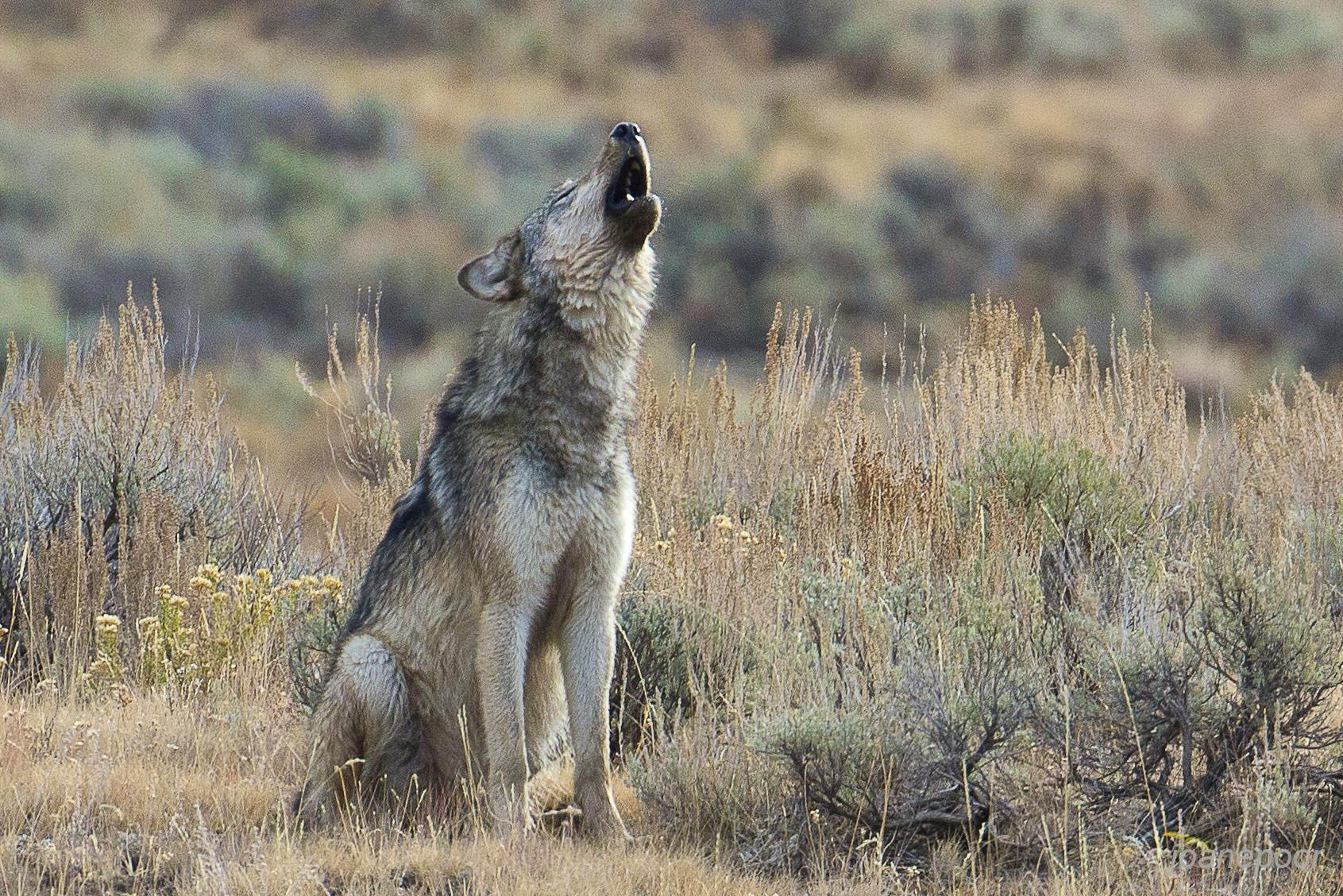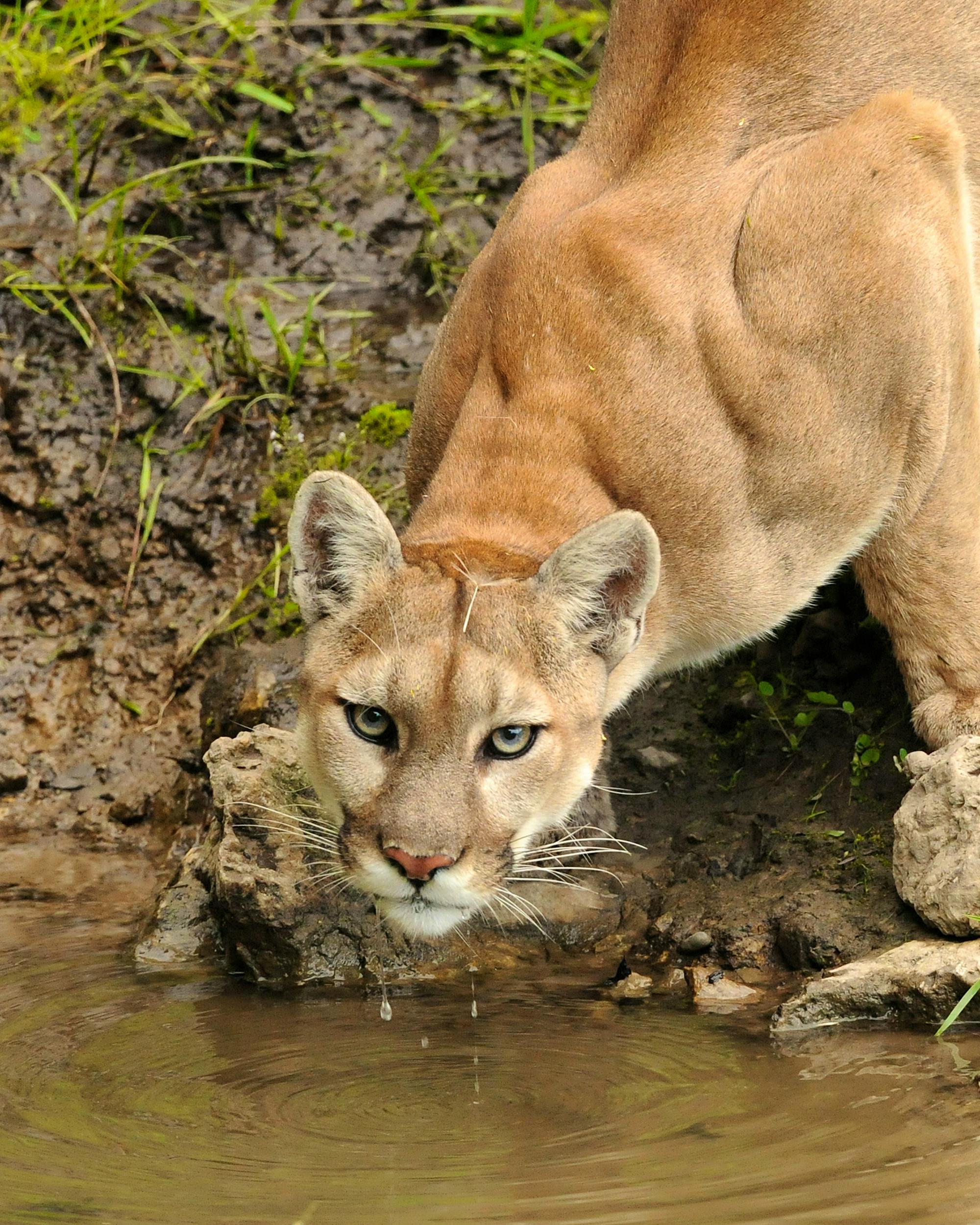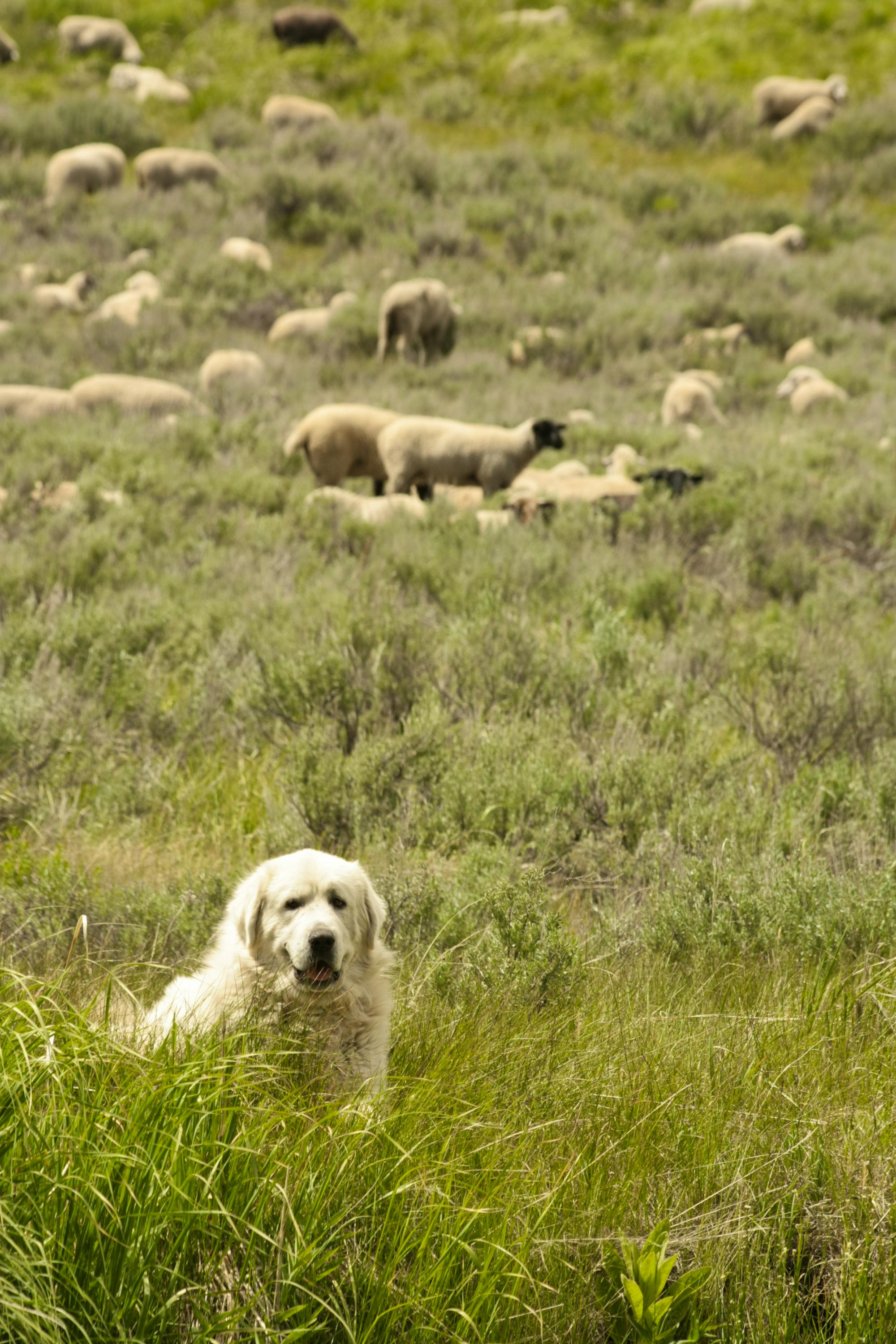To many people around the world, conflict with carnivores is a major part of life. Carnivores may prey on livestock, hurting human livelihoods. People may also use lethal control against carnivores through poisoning and other means. This conservation challenge is complex and solutions aren’t easy. New science published this week shows how considering animal ecology can help inform our tools for human-wildlife coexistence.
Conservation biologists and livestock managers have long searched for a “silver bullet” for resolving carnivore-livestock conflict. Yet, it can be challenging to find pathways to coexistence. Carnivores, livestock species, ecosystems, landscapes, and stakeholders all differ in place and time. Nonlethal interventions, such as guardian dogs, lights, electric fencing, and fladry, can be ideal solutions since such tools often have high public support while helping to maintain ecological stability. Yet, nonlethal interventions vary in scale, scope, cost, and targeted carnivores. We thus need to figure out how intervention effectiveness changes in different contexts. In other words, how do livestock predation interventions work, and for how long?


There is no silver bullet for solving carnivore-livestock conflict. Yet at the core of carnivore-livestock conflict is predation. For a study published this week in Conservation Biology, I collaborated with Jennie Miller from Defenders of Wildlife and colleagues from University of California Berkeley to develop an ecological framework for livestock predation. Using this framework, we show that ecology can guide best practices to support human-wildlife coexistence. We used three case studies on wolves, cougars, and snow leopards to illustrate the practicality of the framework.
For example, in the Wood River Valley in Idaho, sheep grazing is a major enterprise. In 1995 and 1996, the US Fish & Wildlife Service reintroduced gray wolves to the area. In Wood River Valley, sheep and wild prey share the same grazing locations. The rough terrain means it is difficult to protect sheep with fences. All these factors meant that the risk of sheep predation was high in the late 1990s after wolves were reintroduced into the landscape.
To address this, in 2008 Defenders of Wildlife worked with community stakeholders and government agencies to create the Wood River Wolf Project (WRWP). WRWP uses nonlethal methods like human presence, guardian dogs, and animal husbandry to reduce sheep predation.


The presence of humans and guardian dogs both affect wolf behavior. For instance, WRWP employs people to guard sheep bedding areas at night. This takes advantage of the natural fear wolves feel toward people. WRWP also uses nonlethal deterrents like fencing, flagging, noisemakers, and strobing lights. These interventions cause wolves to move their activities away from the area. WRWP also assigns guardian dogs to each group of sheep, which discourages wolves from attacking sheep.
The animal husbandry intervention, on the other hand, affects livestock ecology and the landscape. WRWP uses mobile fences to rotate where sheep sleep and graze. This intervention protects sheep as they move across the landscape. Rotating sheep location also helps the vegetation in pastures recover from grazing which, in turn, provides more forage for wild prey. And by supporting wild prey, this intervention can further support wolves in avoiding livestock.
Nonlethal wolf-livestock management tools impact different ecological aspects that drive livestock predation. It is not just possible but also necessary to look at all such interventions in the context of ecology. Our framework streamlines this task.
Carnivore ecology, livestock ecology, and the surrounding landscape all influence livestock predation. Carnivore ecology includes factors like behavior, distribution, and wild prey availability. Livestock ecology includes physiology, distribution, behavior, and demographics. Unlike carnivore ecology, livestock ecology is generally determined by people: livestock managers. The landscape includes topography, water availability, infrastructure, habitat distribution, and other factors. Though these ecological aspects and related theories are long-standing, they were not well accounted for in human-wildlife coexistence research until now. The framework we created demonstrates that we must also ground interventions in ecological theory.
This ecological framework strengthens the science of coexistence. It also helps us to better understand the effectiveness of nonlethal methods. Most importantly, the framework will help managers and practitioners improve where, when, and how to focus their efforts to protect livestock and the carnivores that are critical to healthy ecosystems.







